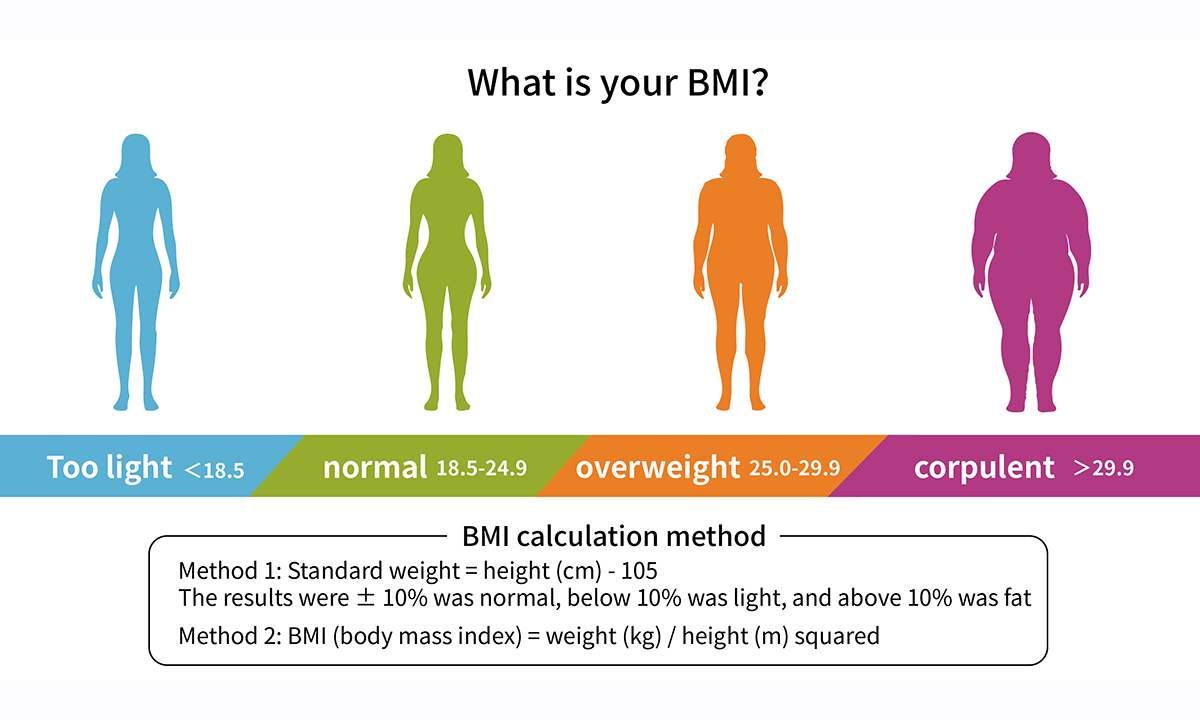There are two main types of fat in the female body: subcutaneous fat and visceral fat. Subcutaneous fat is located under the skin, mainly in the buttocks and thighs, and has a role in energy supply and mechanical protection. Visceral fat surrounds the organs in the abdomen and directly affects glucose and lipid metabolism in the body. Excessive accumulation of subcutaneous fat not only leads to obesity in appearance, but also increases the burden on other tissues and organs of the body, while excess visceral fat increases the risk of chronic diseases such as cardiovascular disease, diabetes and metabolic syndrome. In women, the percentage of visceral fat is usually lower than in men during puberty and childbearing age, but may increase after menopause, thereby increasing the associated health risks. And in women, white and brown fat work together to maintain energy balance and metabolic stability. White fat is the main energy reserve, storing excess energy in the form of fat; brown fat promotes energy expenditure and metabolic regulation through thermogenesis. Research has found that the amount of brown fat in the human body gradually decreases with age, and the amount of brown fat in women's bodies is usually less than that of men. In addition to high-calorie diets, insufficient exercise, psychological and genetic factors, hormone levels in women also play an important role in the development of obesity. For example, estrogen not only promotes the storage of fat in a woman's body, but also regulates fat distribution. After menopause, estrogen levels in a woman's body decline, often leading to a shift of fat from the hips and thighs to the abdomen and an increase in the amount of visceral fat. Female obesity not only affects appearance, but also has a strong correlation with the development of many chronic diseases such as cardiovascular disease, diabetes and metabolic syndrome, and may lead to irregular menstruation, infertility and other reproductive health problems.
Adhering to the idea of disease prevention, GENSUNBIO attaches importance to the key significance of weight loss and fat lowering to human health and disease prevention. On the basis of scientific analysis of the characteristics of fat distribution and energy metabolism in women, GENSUNBIO use modern biomedical engineering technology to systematically carry out the nutritional analysis and functional evaluation of natural medicinal raw materials, to explore the potentials of their role in regulating lipid metabolism in women and inhibiting the accumulation of fat, and reveal the regulatory mechanism for the transformation of white fat to brown fat, providing a reference for determining the personalized weight loss and fat lowering program suitable for women's physique.





